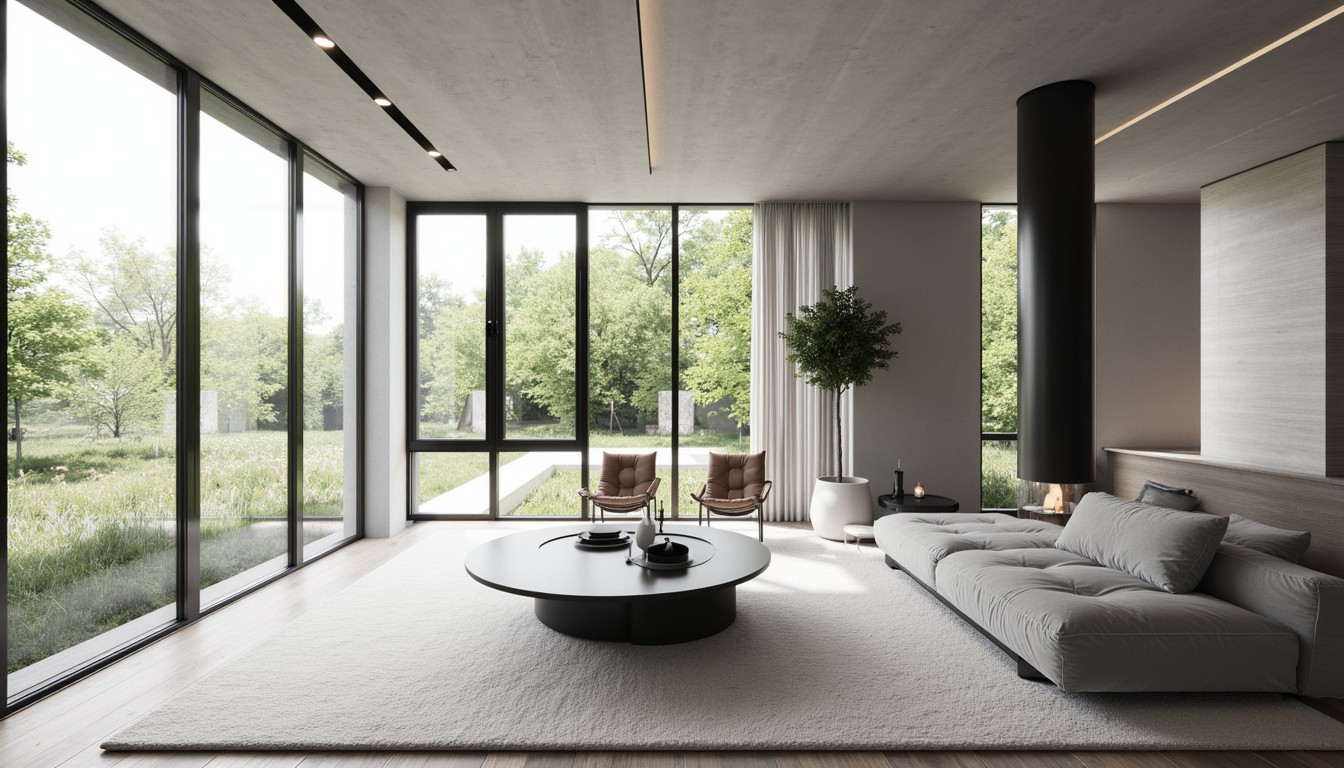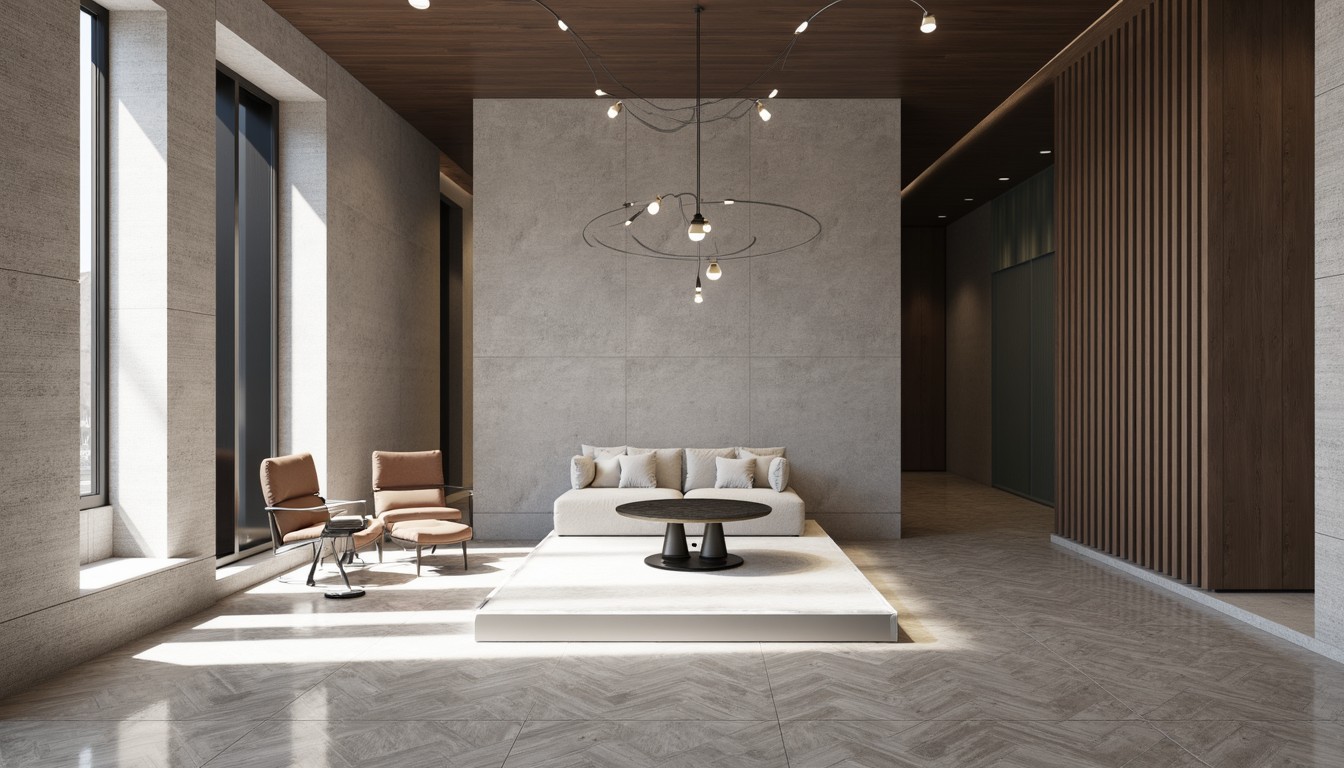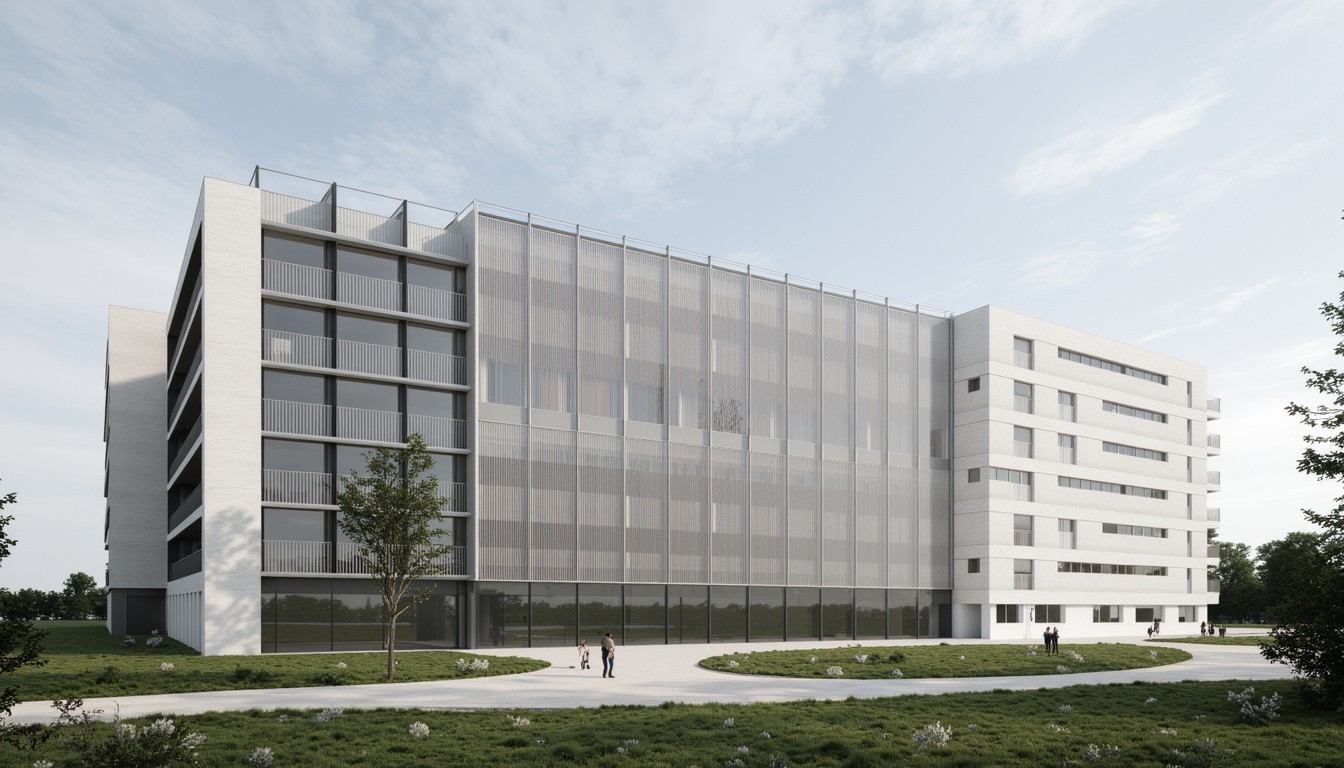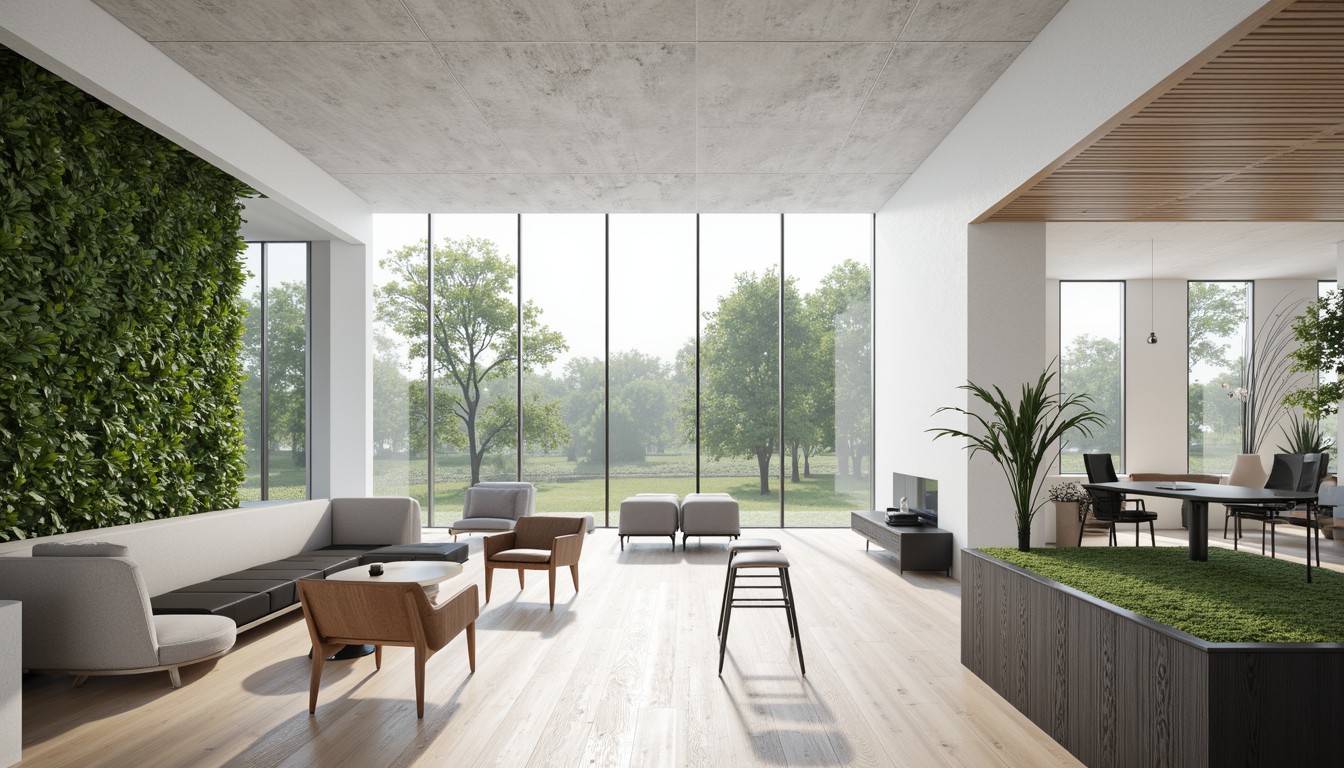Real-Time Visualization Revolutionizing Architecture
The architectural landscape is undergoing a dramatic transformation, driven by the rapid advancements in real-time visualization technology. No longer confined to static renderings and laborious post-production processes, architects and designers now leverage the power of real-time visualization to create immersive experiences, foster seamless collaboration, and ultimately, deliver exceptional projects. This powerful technology is changing how buildings are conceived, designed, and experienced.
The Rise of Real-Time Architectural Visualization

Traditional architectural visualization relied heavily on offline rendering techniques, often requiring extensive processing time and specialized software. This lengthy turnaround time hampered the design process, limiting the ability to iterate quickly and explore multiple design options. Real-time visualization, however, leverages powerful game engines and advanced rendering techniques to generate high-quality visuals instantly. This immediate feedback loop empowers architects to make informed decisions in real-time, accelerating the design process and fostering a more intuitive and creative workflow.
Benefits of Real-Time Visualization in Architecture
- Faster Design Iteration: Real-time rendering allows for immediate feedback on design changes, enabling architects to experiment with different options and refine their designs rapidly. This iterative process leads to more innovative and efficient designs.
- Enhanced Client Collaboration: Real-time visualization facilitates seamless communication with clients. Architects can present designs in immersive virtual environments, allowing clients to experience the space firsthand and provide valuable feedback during the design process. This collaborative approach leads to greater client satisfaction and a higher likelihood of project approval.
- Improved Design Communication: Complex architectural concepts can be easily conveyed through interactive 3D models. Stakeholders can navigate the design, examine details, and understand the overall spatial relationships more effectively than with traditional 2D drawings. This improved communication minimizes misunderstandings and ensures everyone is on the same page.
- Cost Savings: By identifying and resolving design issues early in the process, real-time visualization can significantly reduce costly revisions and rework later on. This translates to considerable savings in time and resources.
- Increased Innovation: The ability to quickly explore design options unlocks creative potential. Architects can push boundaries and experiment with unconventional designs, leading to more innovative and unique architectural solutions.
Real-World Applications of Real-Time Visualization

Real-time architectural visualization is transforming various aspects of the architectural design process. Its applications span from initial conceptual design to final walkthroughs and presentations:
1. Conceptual Design and Exploration:
Architects use real-time visualization to quickly generate and refine initial design concepts, experimenting with different forms, materials, and spatial arrangements. This allows for a more fluid and intuitive design process, fostering creativity and innovation.
2. Client Presentations and Engagement:
Interactive walkthroughs and virtual reality experiences immerse clients in the design, allowing them to fully appreciate the space and provide valuable feedback. This enhances client engagement and builds trust, leading to a more collaborative and successful project.
3. Design Review and Collaboration:
Real-time visualization facilitates efficient design reviews among architects, engineers, and other stakeholders. Collaborative virtual sessions allow everyone to examine the design simultaneously, discuss potential issues, and make informed decisions.
4. Construction Simulation and Coordination:
Real-time visualization can be used to simulate the construction process, identifying potential clashes and coordination issues early on. This helps streamline construction and reduces the risk of delays and cost overruns.
5. Virtual Tours and Marketing:
Interactive virtual tours of completed projects can be used for marketing purposes, showcasing the architect's work and attracting potential clients. This offers a compelling way to present architectural designs and highlight their unique features.
Choosing the Right Real-Time Visualization Software

Several software solutions cater to real-time architectural visualization. The choice depends on the project's specific needs, budget, and the team's expertise. Factors to consider include rendering quality, ease of use, collaboration features, and integration with other design software.
ArchNav: Your Partner in Real-Time Architectural Visualization
ArchNav is at the forefront of the real-time visualization revolution. We leverage cutting-edge technology and a team of highly skilled experts to deliver exceptional results. Our commitment to innovation ensures that our clients benefit from the latest advancements in real-time rendering, providing them with a competitive edge and enabling them to deliver outstanding architectural projects.
From initial concept to final presentation, ArchNav provides comprehensive real-time visualization services tailored to meet your specific needs. Contact us today to learn how we can help you transform your architectural design process.
